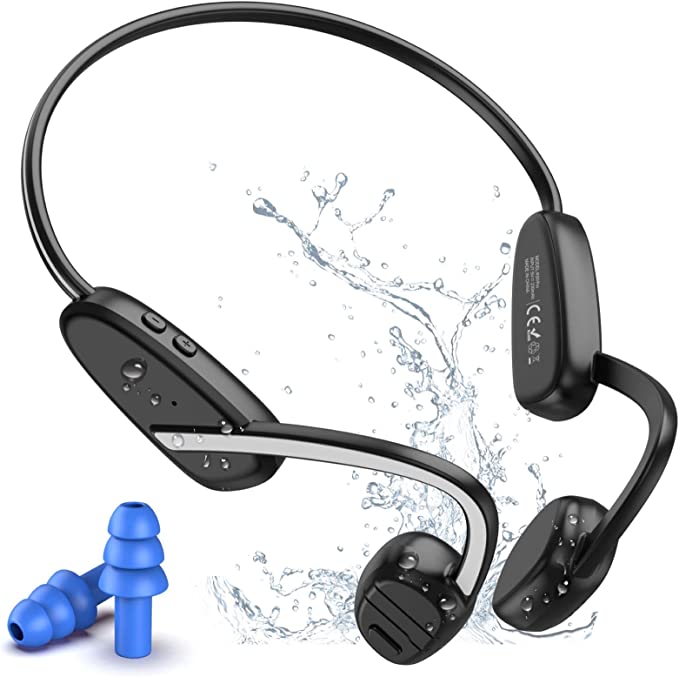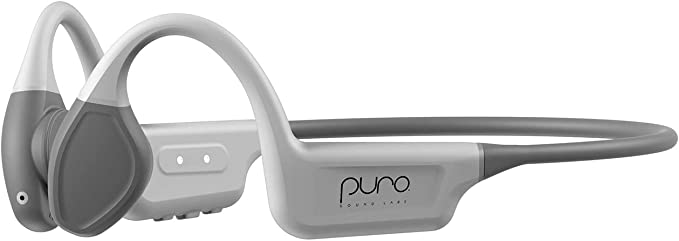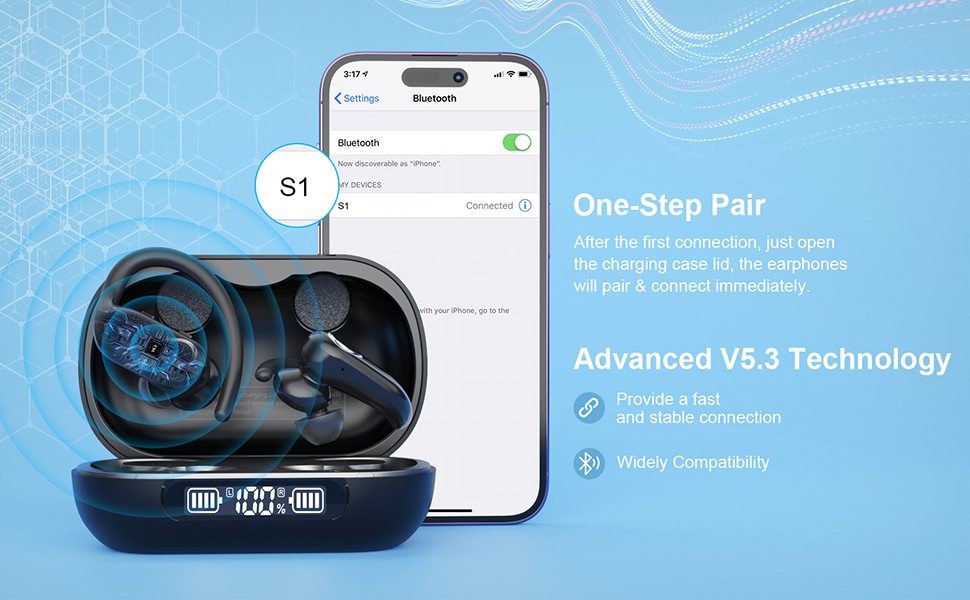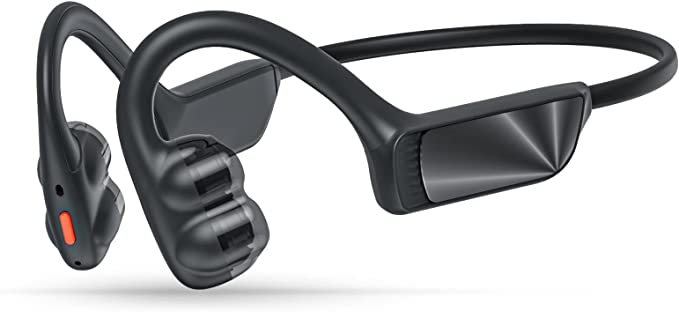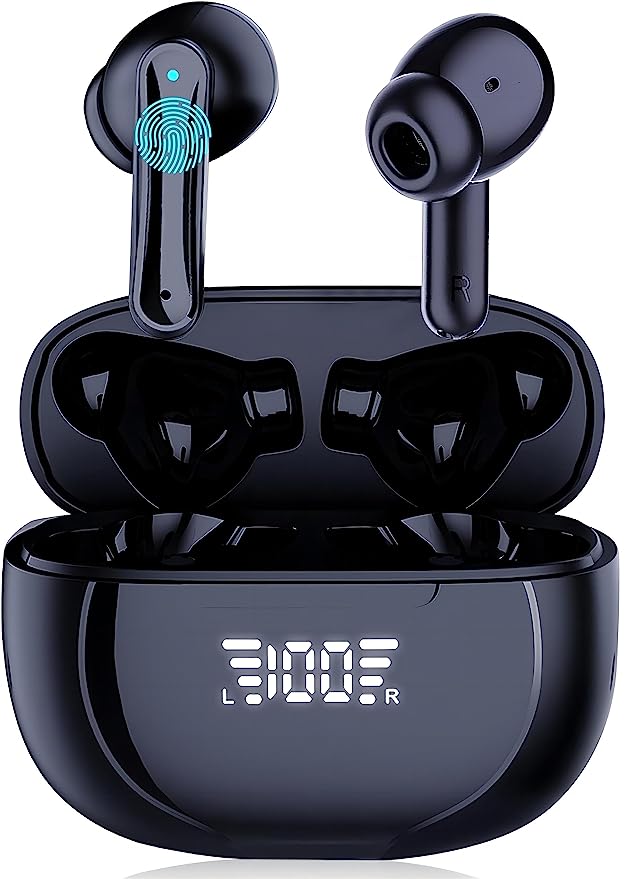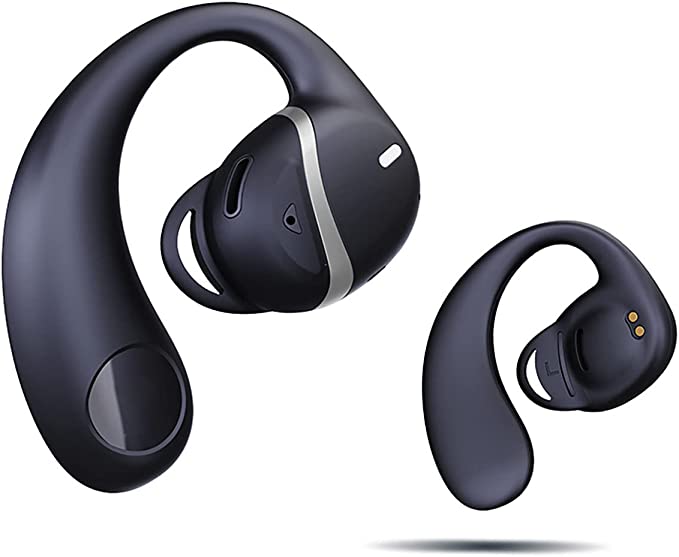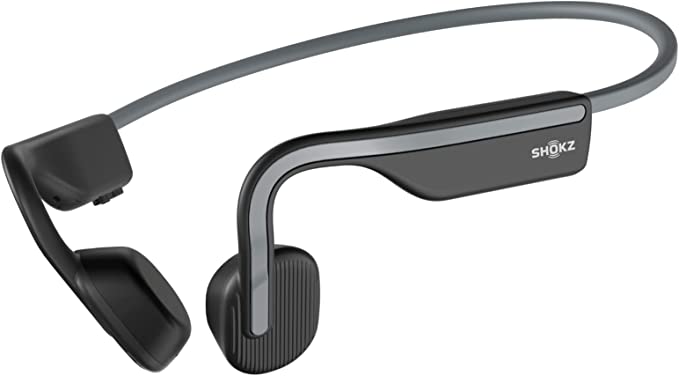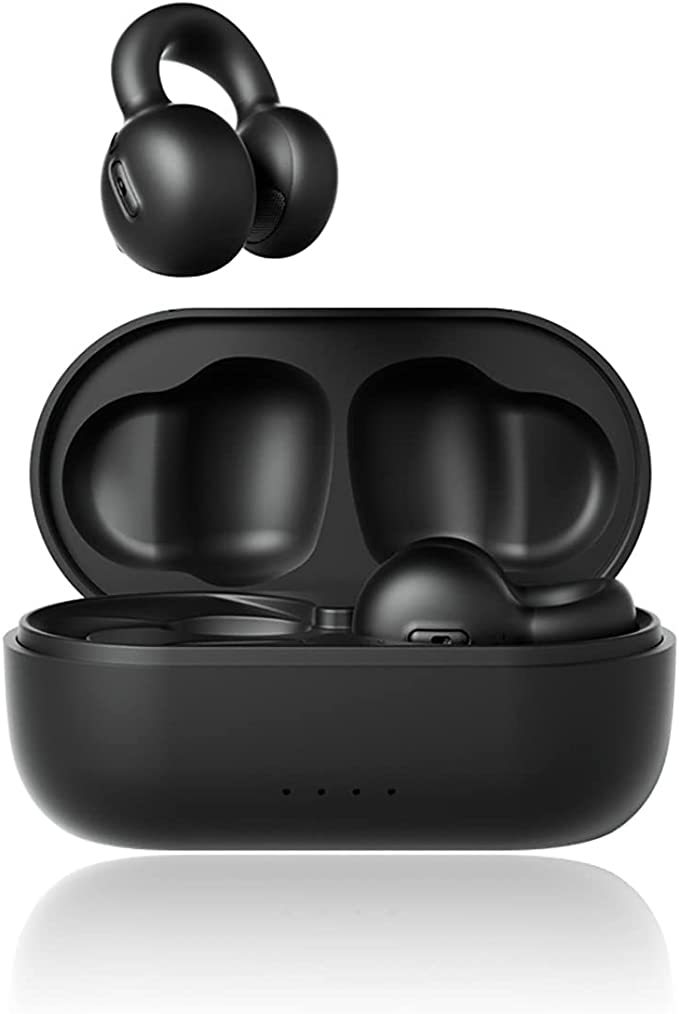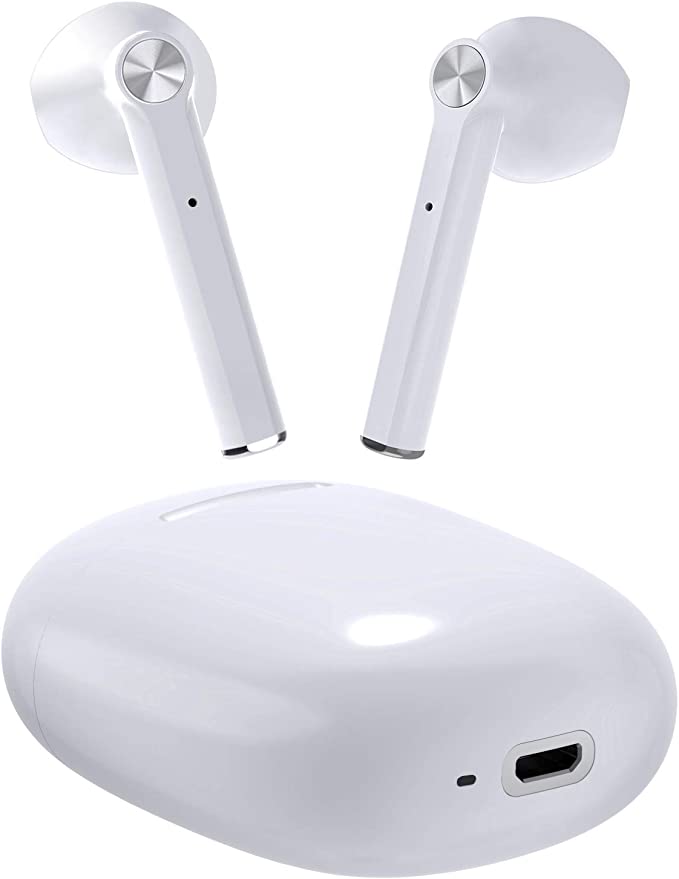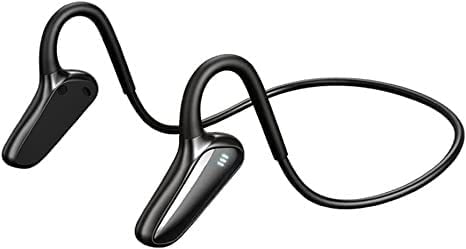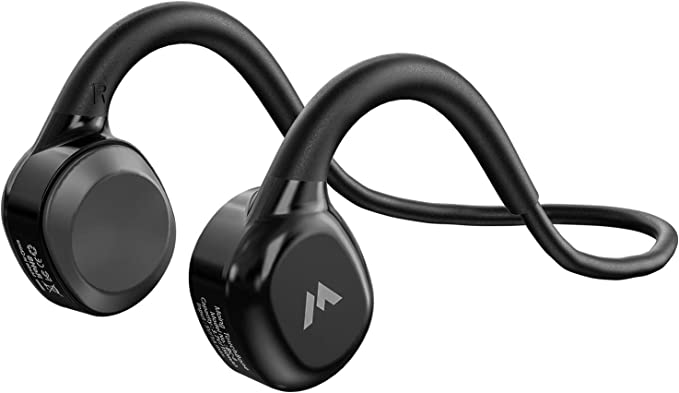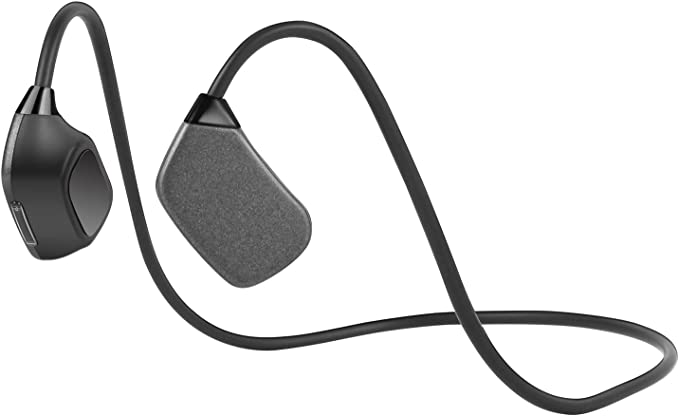Siniffo X15 Bone Conduction Headphones: Premium Sound On-The-Go
Update on June 27, 2025, 5:01 p.m.
Have you ever considered if it’s possible to hear without your ears—or, more precisely, without your eardrums? The idea sounds like science fiction, but it’s rooted in a fascinating piece of history. Ludwig van Beethoven, as his hearing faded, reportedly discovered he could still perceive the notes of his piano by biting down on his conducting baton and touching the other end to the instrument. The vibrations traveled through the wood, into his jaw, and directly to his inner ear. He was, in essence, hearing through his bones.
This very principle, known as bone conduction, is the technology at the heart of a new wave of audio devices, including the Siniffo X15 Bone Conduction Headphones. It challenges our conventional understanding of listening and offers a unique solution for those who want their music without tuning out the world.

A Tale of Two Pathways: How We Really Hear
To appreciate what makes bone conduction so different, we first need to understand our primary method of hearing: air conduction. When someone speaks or music plays, sound waves travel through the air, are funneled by your outer ear into the ear canal, and cause your eardrum to vibrate. These vibrations are then amplified by a series of tiny bones (the ossicles) and sent to the cochlea, a spiral-shaped organ in your inner ear that converts them into electrical signals for your brain to interpret. Think of this as the main highway for sound.
Bone conduction is a different route entirely—a scenic bypass that circumvents the eardrum. Instead of sending sound waves through the air, bone conduction headphones use transducers that rest on your cheekbones, just in front of your ears. These transducers create micro-vibrations that travel through the bones of your skull directly to the cochlea. Your brain processes these signals as sound, just as it would any other. The most profound consequence of this “bypass” is that your ear canals remain completely open, free to pick up all the ambient sounds of your environment.

Engineering an Open World: A Look at the Siniffo X15
The Siniffo X15 serves as a practical example of how this century-old principle is engineered into a modern consumer device. The design choices are not arbitrary; they are dictated by the unique demands of bone conduction technology.
The foundation is a wraparound frame made of titanium. This material is chosen for its remarkable properties: it’s incredibly strong yet lightweight and flexible. At a mere 28 grams—roughly the weight of five U.S. quarters—the headset is designed for long-term comfort, preventing the pressure points and fatigue associated with some over-ear or in-ear models. The frame’s ergonomic arc aims to fit the natural curve of the head, ensuring the transducers stay positioned on the cheekbones. However, as with any one-size-fits-most design, user experiences note that fit can vary; it’s particularly suited for those with smaller head sizes, while users wearing glasses or certain cycling helmets might need to experiment to find a comfortable, effective position.
Connectivity is handled by Bluetooth 5.3. Beyond just a version number, this standard brings tangible benefits. According to the brand, it delivers a more stable connection and contributes to up to 30% lower gaming latency. For a user, this means the sound you hear is more tightly synchronized with the action you see on screen, reducing that distracting lag during movies or competitive games.
For those with active lifestyles, durability is paramount. The X15 carries an IP56 rating for ingress protection. This code, defined by the International Electrotechnical Commission, is a universal standard. The “5” signifies a high level of dust protection, meaning that while not entirely dust-proof, any ingress will not interfere with operation. The “6” indicates protection against powerful water jets. In practical terms, this means the headphones are built to withstand sweat from an intense workout, a sudden downpour on a run, or a rinse under a tap, but they are not designed for full submersion like swimming.

The Sound of Safety: Situational Awareness in Action
The true magic of the open-ear design unfolds in the real world. Imagine running through a city park. You’re immersed in your favorite podcast, but you also distinctly hear the chime of a bicycle bell behind you, the chatter of nearby pedestrians, and the distant rumble of traffic. This is situational awareness, and it’s a critical safety feature that traditional headphones, by their very design, eliminate.
This dual-listening capability extends to communication. The X15 incorporates a noise-canceling microphone that uses CVC (Clear Voice Capture) algorithm technology. This software is designed to differentiate the user’s voice from ambient noise. So, while you remain aware of your surroundings, the person on the other end of your call hears your voice clearly, with much of the background chatter filtered out.
The Physics of Feeling: Acknowledging the Trade-offs
No technology is without its compromises, and bone conduction is no exception. The physics of vibrating bone versus moving air creates a different sonic character. Because low-frequency sounds (bass) require moving a significant amount of air to be perceived richly, bone conduction headphones often lack the deep, resonant bass of high-quality in-ear models. Users may perceive strong bass more as a tactile vibration on their cheekbones than as an auditory thud.
Another inherent challenge is sound leakage. Since the transducers are vibrating in the open, some of that energy will inevitably dissipate into the surrounding air, becoming audible to people nearby, especially at high volumes. Siniffo mentions its “exclusive OT closed anti-leakage technology” to mitigate this, but it remains a common characteristic of the technology.
A New Way of Listening
Ultimately, devices like the Siniffo X15 represent more than just another way to listen to music. They represent a shift in how we integrate personal audio with our environment. By leveraging the body’s alternative auditory pathway, they offer a solution that prioritizes safety and comfort, liberating our ears from being plugged and isolated.
While they may not replace the deep, immersive experience of audiophile-grade headphones for critical listening, they excel in scenarios where a connection to the world is just as important as a connection to your playlist. The Siniffo X15 stands as an accessible entry point into this fascinating technology, inviting us to reconsider not just what we listen to, but how we listen. It’s a modern echo of Beethoven’s discovery: a reminder that the pathways to perception are more varied and surprising than we often assume.
